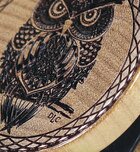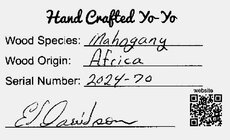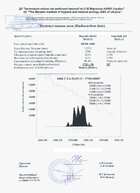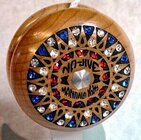Odie
Panning for Montana gold, with Betsy, the mule!
I had not heard of giving out certificates of authenticity before. This turner offers it with his bowls for online sales. Probably not cool to mention by name, but he is a well known turner.
quote:
"This bowl measures 8.75" at its widest diameter and 1.75" tall at its highest point. The bowl is signed, numbered, and includes a signed “CERTIFICATE OF AUTHENTICITY."
Personally, I feel signing and numbering is mandatory, because it identifies the artist, and one specific work from that artist.
So.....what's the thought from the AAW gallery about offering "certificates of authenticity".....????? Will it help sales?
-o-
quote:
"This bowl measures 8.75" at its widest diameter and 1.75" tall at its highest point. The bowl is signed, numbered, and includes a signed “CERTIFICATE OF AUTHENTICITY."
Personally, I feel signing and numbering is mandatory, because it identifies the artist, and one specific work from that artist.
So.....what's the thought from the AAW gallery about offering "certificates of authenticity".....????? Will it help sales?
-o-




